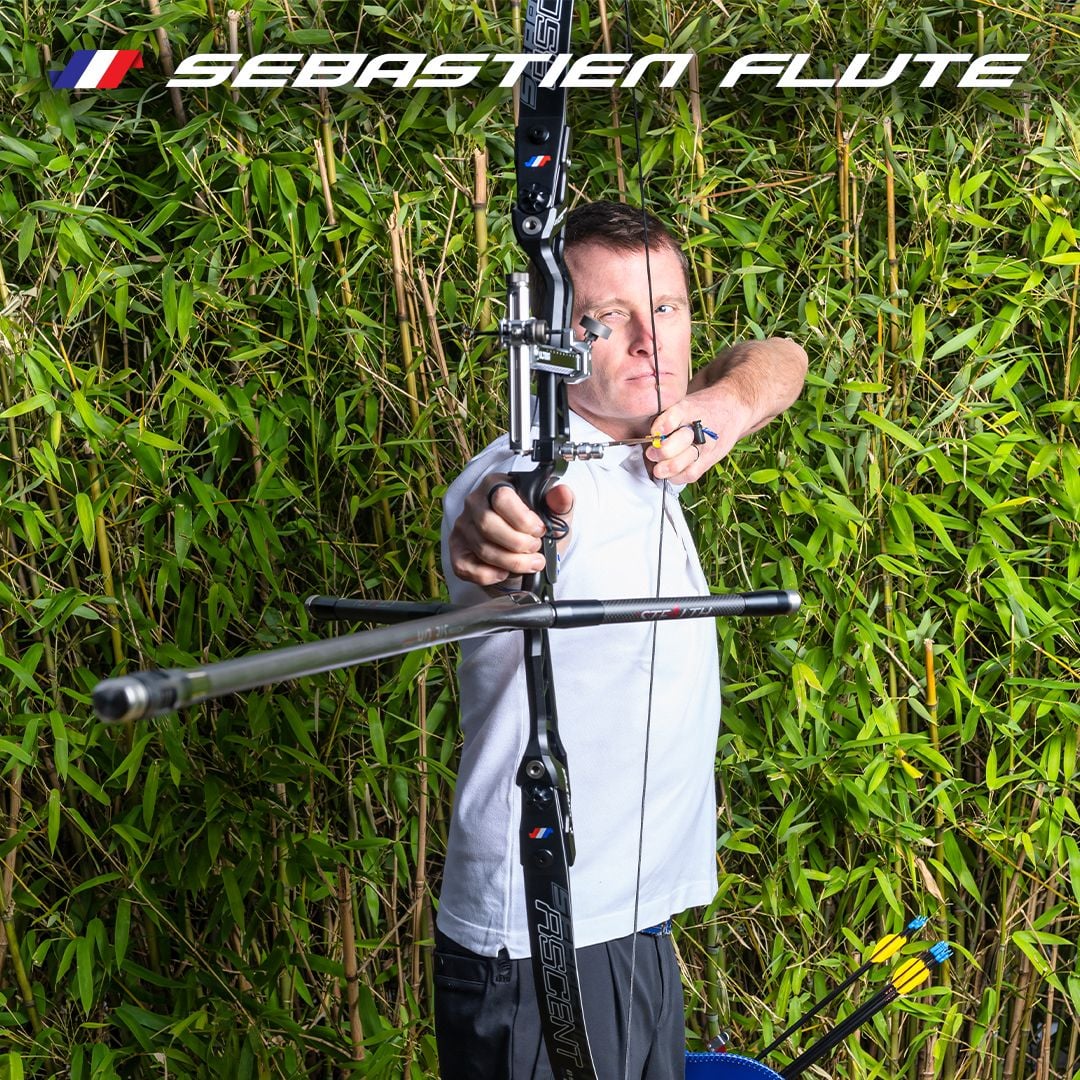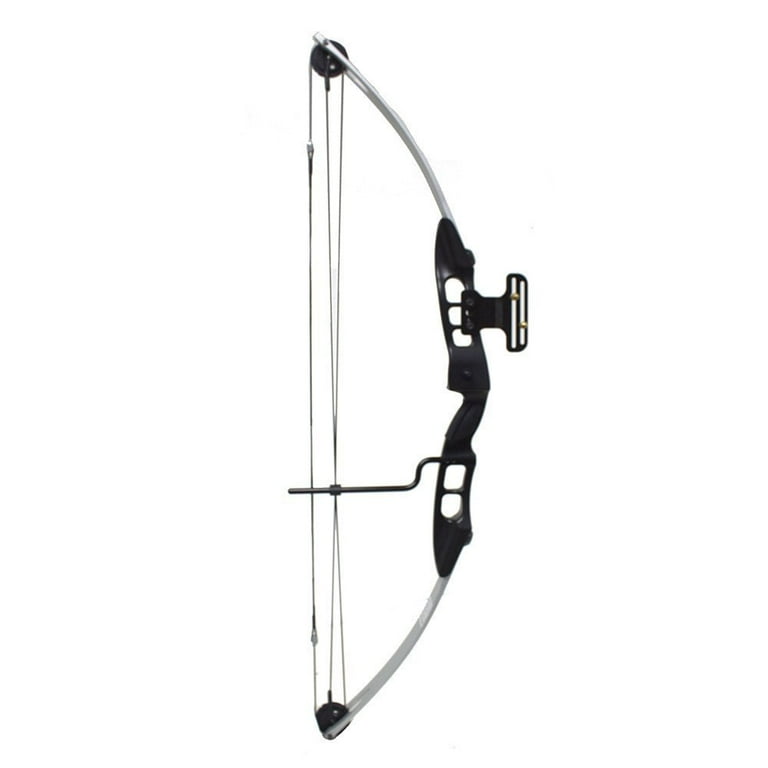Boost Your Archery Performance: The Ultimate Guide to Bow Stabilizer Setup
Amongst the numerous parts that add to precision and security, the bow stabilizer plays a critical duty in refining your shot execution. Recognizing exactly how to maximize your bow stabilizer setup can lead to significant improvements in your general precision and consistency on the array or in the field.
Comprehending Bow Stabilizers
In the world of archery devices, the role and function of bow stabilizers stand as essential components for improving shooting accuracy and security. Bow stabilizers are developed to decrease bow torque, decrease vibrations, and help in holding the bow steady during the intending and release process. By attaching a bow stabilizer to the riser of the bow, archers can experience improved balance and reduced hand shock, resulting in even more constant and precise shots.
The primary purpose of a bow stabilizer is to moisten any resonances that happen upon releasing the arrow. This reduction in vibration not just enhances the shooter's comfort yet additionally aids preserve focus and control throughout the shot cycle. Furthermore, bow stabilizers help in counteracting the weight of devices connected to the bow, such as sights, quivers, and arrowhead relaxes, guaranteeing optimum weight circulation for enhanced stability.
Recognizing the auto mechanics and advantages of bow stabilizers is essential for archers wanting to adjust their shooting efficiency and achieve better accuracy on the array or in the field.

Picking the Right Stabilizer Weight
Picking the suitable weight for your bow stabilizer is an important facet of maximizing your archery arrangement for enhanced shooting efficiency. The stabilizer weight directly influences just how efficiently the stabilizer decreases resonance and supports your bow throughout the shot. When picking the ideal stabilizer weight, it's important to consider your capturing style, bow equilibrium, and individual preferences.
Lighter stabilizers, usually evaluating between 3-6 ounces, are favored by archers who prioritize maneuverability and quick target procurement. On the various other hand, heavier stabilizers, ranging from 8-12 ounces or even more, are favored by target archers looking for maximum stability and decreased bow motion.
Eventually, the very best stabilizer weight for you will certainly depend upon your capturing goals and preferences. Experimenting with different weights and locating the one that provides the optimal equilibrium of stability and ability to move is crucial to enhancing your archery performance.
Putting Up Your Bow Stabilizer
To properly mount your bow stabilizer, make certain that you have all the necessary devices and follow these detailed directions for a efficient and secure configuration. Start by determining the front stabilizer bushing on your bow riser. Most bows have pre-threaded openings for stabilizer installment. Next off, apply a little quantity of bowstring wax to the threads of the stabilizer screw to avoid it from loosening up during usage.
Thoroughly thread the stabilizer into the front bushing by hand, ensuring not to cross-thread it (bow stabilizer). Once the stabilizer is well in location, make use of a suitable wrench to tighten it securely. Prevent over-tightening, as this can trigger go to this website damages to the bow or stabilizer
After setting up the stabilizer, check to guarantee it is straight and aligned with the bow. Some stabilizers feature flexible weights or dampeners; adjust these according to your choices and shooting style. Lastly, examination the bow to ensure the stabilizer is successfully reducing resonance and enhancing your shot uniformity.
Adjusting Stabilizer Position for Accuracy
After mounting the bow stabilizer firmly, optimizing its setting is important for enhancing accuracy in your shooting. The position of the stabilizer can dramatically affect the equilibrium and security of your bow during the shot cycle. To adjust the stabilizer for optimum precision, beginning by trying out with various placements. Relocating the stabilizer more detailed to the riser can help in reducing the bow's total weight distribution, possibly boosting your intending security. Conversely, prolonging the stabilizer better out can improve the bow's mercy and decrease the results of torque on the shot.
When changing the stabilizer position, consider the type of capturing you do. For target archery, a longer stabilizer positioned further out could be advantageous for added stability during the intending procedure. On the various other hand, hunters might prefer a shorter stabilizer for better ability to move in the area. Bear in mind to make small changes imp source and test your configuration after each change to establish the optimal position for your capturing design and choices.
Fine-Tuning Your Stabilizer Setup

Additionally, think about the positioning of any type of dampeners or weights along the stabilizer rod. Relocating these parts closer to or further from the riser can alter the stabilizer's overall result on your bow's equilibrium. Fine-tuning these information can aid reduce vibration, decrease hand shock, and improve total control throughout the shot execution.
Frequently reassess your stabilizer configuration as your capturing strategy progresses to ensure it continues to match your kind and shooting objectives. By finetuning your stabilizer setup with accuracy and treatment, you can optimize your bow's efficiency and raise your archery skills to brand-new elevations.
Conclusion
In final thought, optimizing your bow stabilizer configuration is crucial for boosting your archery performance. By comprehending the objective of stabilizers, choosing the ideal weight, appropriately placing the stabilizer and installing, and adjust its arrangement, you can boost your precision and uniformity in shooting. Take the time to try out various arrangements and modifications to find the arrangement that functions finest for you and helps you achieve your archery goals.
Bow stabilizers are made to decrease bow torque, lower vibrations, and aid in holding the bow constant throughout the intending and release process. By connecting a bow stabilizer to the riser of the bow, archers can experience better equilibrium and decreased hand shock, resulting in even more regular and accurate shots.

The stabilizer weight straight influences how effectively the stabilizer reduces resonance and stabilizes your bow throughout the shot. bow stabilizer. By comprehending the function of stabilizers, choosing the ideal weight, correctly placing the stabilizer and mounting, and tweak its arrangement, you can boost your accuracy and consistency in capturing